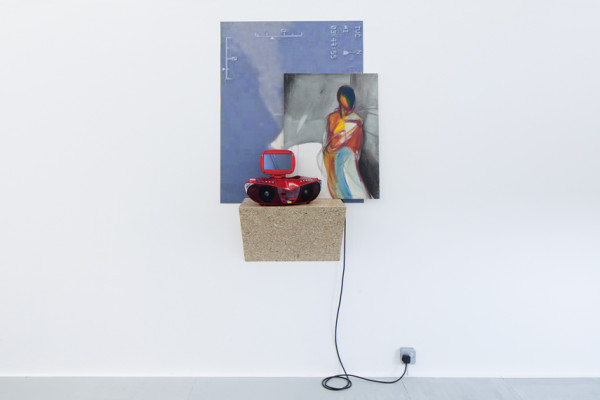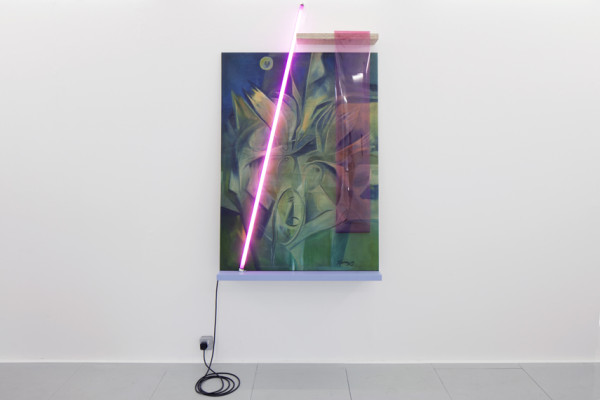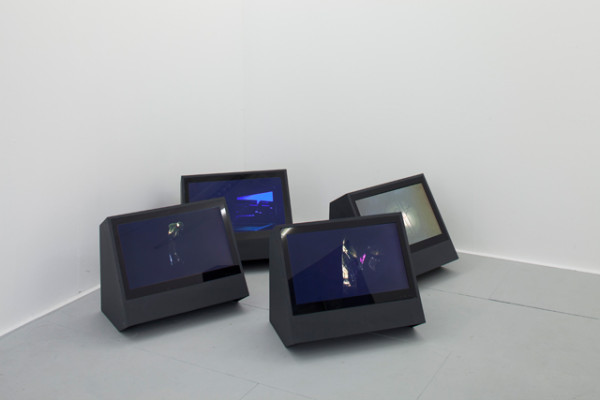Christopher Kulendran Thomas
Thursday, 19 September 2013
Work from the ongoing work www.when-platitudes-become-form.lk
“Artworks by some of Sri Lanka’s most celebrated young artists are re-configured by Christopher Kulendran Thomas for the Western art market as part of the ongoing enterprise When Platitudes Become Form. This radical re-marketing of the island’s contemporary art raises funds to resist the oppression of communities displaced by civil war, channelling resources that are not under government control to the formerly Tamil-occupied territories of the North and East of the country.
Purchasing artworks through Sri Lanka’s most prominent new gallerists, rather than dealing with the artists themselves, Thomas physically translates what counts as ‘contemporary’ in Sri Lanka into what is expected of the ‘contemporary’ at the heart of art-imperial power. Exploiting the difference, Thomas’ overall composition takes as its materials the whole system by which art is distributed.
Christopher Kulendran Thomas was born in London in 1979 after his parents fled escalating conflict within Sri Lanka. The ensuing civil war ended brutally in 2009 as the Sri Lankan government leveraged international interests to comprehensively defeat the Tamil Tigers. Now, as the North and East of the island is about to be sold off to the international backers of Sri Lanka’s genocide, the economy is booming and with it a new context of Contemporary Art has emerged. The capital Colombo’s first Western-style commercial galleries have very quickly established Contemporary Art – as in the West – as the highest benchmark of connoisseurial consumerism in what is now one of the world’s fastest growing small economies.
Counter-manipulating the forces of globalisation, When Platitudes Become Form attempts to undercut the parameters of Contemporary Art through a rigorous excavation of the ethics of humiliation. The patronising openness of instrumentalised cultural exchange is explicitly perverted here by the colonial trading patterns that it usually masks, setting in motion a conspiracy of contingencies that extend beyond the work’s as yet visible horizons.”




